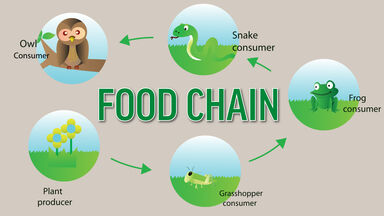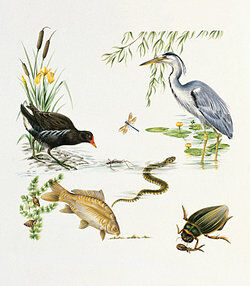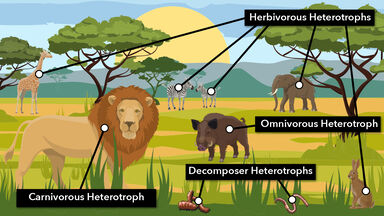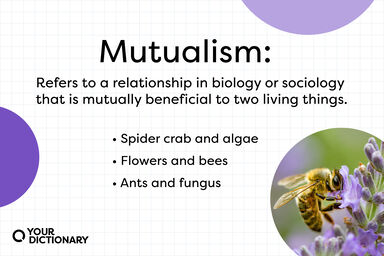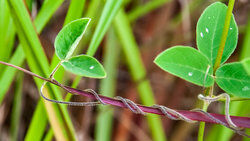Many species of Thysanoptera are known to be habitually parthenogenetic. The eggs are laid on the food-plant, those females possessed of an ovipositor cutting through the epidermis and placing their eggs singly within the plant-tissues; a single female may take five or six weeks to deposit all her eggs.
After another moult the insect passes into the passive nymphal or " pupal " stage, during which it takes no food and rests in some safe hiding-place, such as the soil at the base of its food-plant or the hollow of a leaf-stalk.
The usual variations in habit that characterize plant-feeding insects are exhibited by the Thysanoptera some species being found only on one particular food-plant, while others thrive indifferently on a large assortment.
If, however, the food-plant is grown in a conservatory where protection against cold is afforded, the aphides may go on reproducing agamogenetically without cessation for many years together.
Thus the apple blight (Aphis mali) after producing many generations of apterous females on its typical food-plant gives rise to winged forms which fly away and settle upon grass or corn-stalks.
